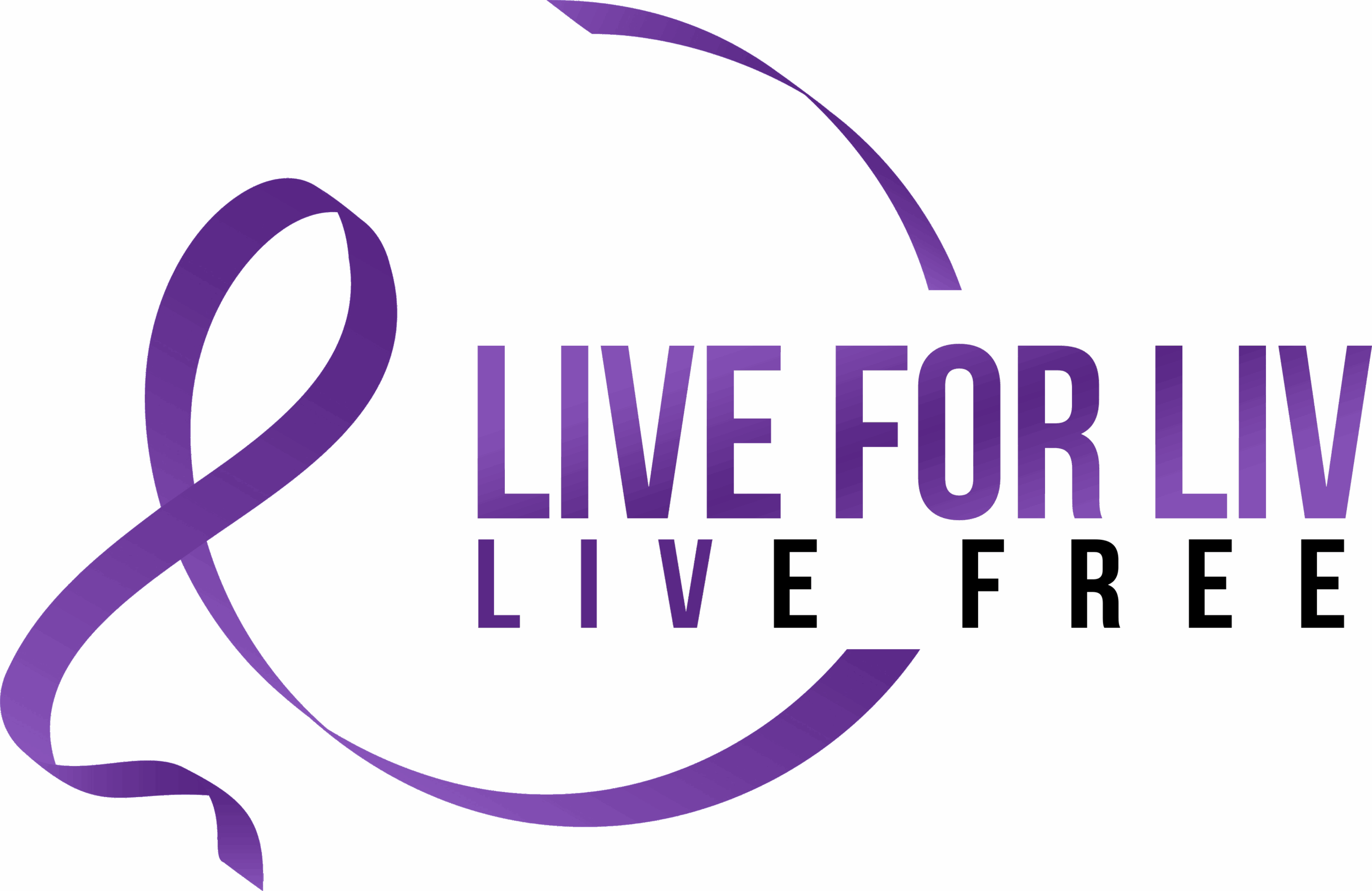Understanding Domestic Violence
What is DV?
Domestic violence is an epidemic affecting all communities, regardless of identity or background. Abuse is about control and can be emotional, physical, sexual, financial, spiritual, or cultural. You don’t need bruises to be hurt—you deserve safety and respect.
Types of Abuse
Abuse is a cycle of behaviors intended to control, intimidate, or dominate another person.
Physical Abuse
What it is:
Physical abuse is the intentional use of force to cause pain, fear, or intimidation. It can begin with small actions—like grabbing your wrist or pushing past you—and grow over time into more serious violence. It may also include throwing objects, damaging property, hurting pets, or denying access to medical care.
Signs to look for:
You may flinch when they raise their hand, hide injuries, avoid certain topics out of fear of escalation, or sleep poorly because you feel unsafe. You might stay silent during arguments to avoid being hurt, or feel physically on edge whenever they’re nearby.
Sexual Abuse
What it is:
Sexual abuse happens any time someone engages in sexual activity with you without your full, informed, and enthusiastic consent. In relationships, this can include pressuring or guilting you into sex, ignoring your boundaries, refusing to use protection, or controlling your reproductive choices. Abuse may also involve threats, force, or manipulation.
Signs to look for:
You may feel afraid to say no, find yourself freezing during intimacy, or dread sexual contact with your partner. You might agree to sex just to avoid conflict or because you feel obligated. If you feel violated, unsafe, or silenced about your body or sexuality, it is abuse.
Emotional, Verbal, Psychological Abuse
What it is:
This form of abuse damages your emotional wellbeing and mental clarity. It can include constant criticism, yelling, name-calling, manipulation, threats, blame-shifting, or gaslighting (making you doubt your memory or sanity). Often, it chips away at your self-esteem until you feel powerless.
Signs to look for:
You may feel like nothing you do is ever right, like you’re always the problem. You might walk on eggshells to avoid setting them off. You may stop trusting your instincts or isolate yourself because you’re ashamed or exhausted from explaining your relationship to others.
Financial Abuse
What it is:
Financial abuse is a controlling tactic that limits your ability to be independent. It might look like one partner controlling all the money, sabotaging your job, or demanding receipts for every purchase. It can also involve stealing money, running up debt in your name, or hiding shared finances.
Signs to look for:
You may feel anxious about spending money, feel like you have to ask permission to buy necessities, or stay in the relationship because you don’t see a way to survive financially on your own. You may not even know how much money is in your account—or whether you have access to it.
Cultural, Identity, or Spiritual Abuse
What it is:
This form of abuse uses your culture, race, spirituality, gender identity, or sexuality against you. An abuser might mock your beliefs or traditions, isolate you from your community, or weaponize religious texts or family expectations. It’s often rooted in erasure and shame.
Signs to look for:
You might feel like you’re hiding parts of who you are to stay safe. You may be denied access to rituals, misgendered, mocked for your beliefs, or threatened with being “outed.” You might be forced to follow spiritual practices against your will or made to feel that your culture is wrong, backward, or unworthy.
